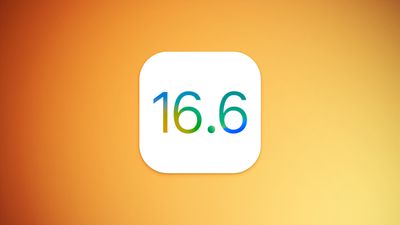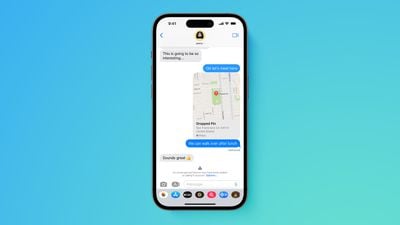Apple on July 24 released iOS 16.6, the newest version of the iOS 16.6 operating system. iOS 16.6 is a smaller update than we've had in the past in terms of features, but that doesn't make it any less important.

Security Fixes
Apple seems to have released iOS 16.6 to push security fixes to iPhone users, and it addresses 16 total vulnerabilities. It fixes bugs with the Apple Neural Engine, Find My, the kernel, WebKit, and more.
A full list of fixes and details about them can be found in Apple's security support document, but what's important to know is that two of the vulnerabilities may have been actively exploited in the wild. A kernel vulnerability is known to have impacted devices running versions of iOS earlier than iOS 15.7.1, but it sounds like it could impact newer versions of iOS, attackers just hadn't gotten around to it.
The other vulnerability that was exploited was first addressed with a Rapid Response Security update, iOS 16.5.1 (c), but if you didn't install that you're still open to attack.
Because this update has so many security improvements, it is a good idea to install it as soon as possible. You won't get fun new features for your phone, but iOS 16.6 keeps your data safer by bolstering the underlying software architecture.
iMessage Contact Verification Groundwork
While Apple did not introduce iMessage Contact Key Verification, this update did add some under-the-hood functionality that suggests we could see it in the not too distant future.

As a refresher, iMessage Contact Key Verification lets Apple device owners verify that they are messaging with the people they intend to message rather than a malicious entity that has intercepted a message or is eavesdropping on a conversation. In a conversation between two or more people who have enabled iMessage Contact Key Verification, Apple will send an alert if the cloud servers are ever breached and a conversation is vulnerable to an intrusion.
At one point in the iOS 16.6 beta, iMessage Contact Key Verification showed up in the settings app, but Apple pulled it in a later beta. Still, work on the option appears to be progressing. This feature will not be for everyone when it launches, and Apple intends it to be used by iPhone users who are facing "extraordinary digital threats," such as journalists, human rights activists, government officials, and others who are in danger of malicious digital attacks.
What's Next for iOS
iOS 16.6 focused on under-the-hood improvements because Apple is developing iOS 17, which is the update that will bring a ton of new functionality to the iPhone this fall. Apple is saving feature additions for iOS 17, and the update brings a new StandBy mode for the Lock Screen, interactive widgets, improved autocorrect, major new features for Messages, FaceTime, and Safari, plus tons more.
Full details on all of the features coming in iOS 17 can be found in our iOS 17 roundup.





















